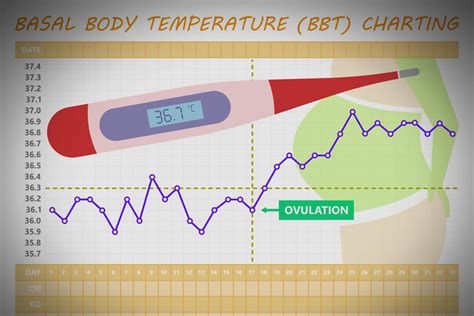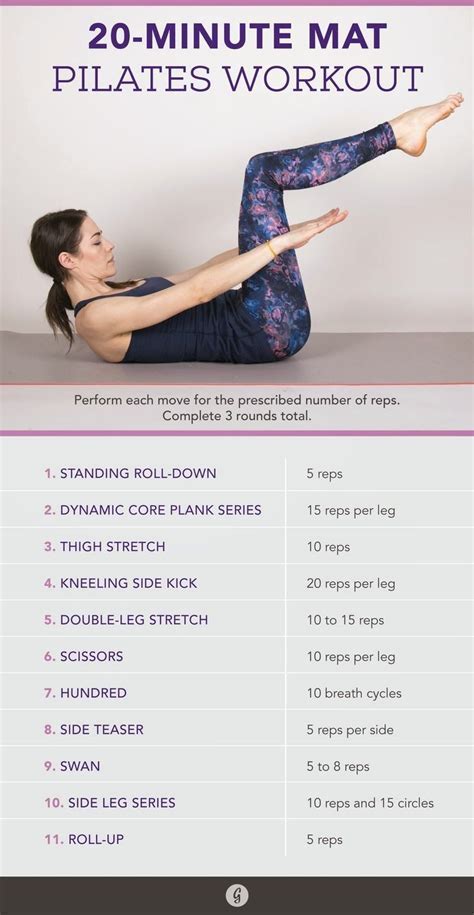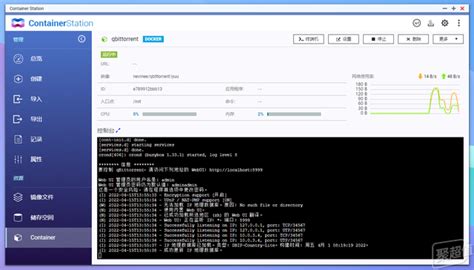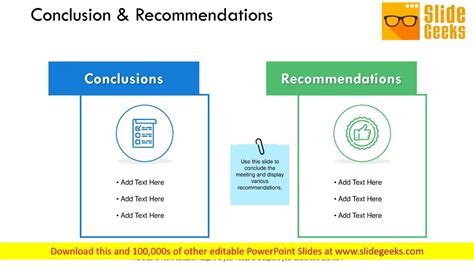Intro
Master fertility tracking with 5 BBT charting tips, including basal body temperature, ovulation detection, and menstrual cycle monitoring for accurate family planning and pregnancy prediction.
Basal Body Temperature (BBT) charting has been a cornerstone of fertility awareness and family planning for decades. By tracking their daily temperature, individuals can gain insights into their menstrual cycle, fertility window, and overall reproductive health. The importance of accurate BBT charting cannot be overstated, as it allows individuals to make informed decisions about their reproductive choices. In this article, we will delve into the world of BBT charting, exploring its benefits, working mechanisms, and providing actionable tips for those looking to optimize their charting experience.
The process of BBT charting involves taking one's temperature at the same time every day, typically immediately upon waking, and recording the results on a chart or graph. This simple yet powerful technique can reveal subtle changes in the body's temperature, which can indicate the onset of ovulation, menstruation, and other significant events in the menstrual cycle. By analyzing these temperature fluctuations, individuals can identify patterns and trends that can inform their reproductive decisions. Whether trying to conceive, avoid pregnancy, or simply better understand their body, BBT charting offers a wealth of valuable information.
For those new to BBT charting, the prospect of tracking their temperature every day can seem daunting. However, with the right tools and techniques, the process can be streamlined and made more efficient. In the following sections, we will explore five essential tips for optimizing your BBT charting experience, from choosing the right thermometer to interpreting your temperature data. By mastering these skills, you can unlock the full potential of BBT charting and take control of your reproductive health.
Understanding the Basics of BBT Charting

Key Factors Affecting BBT
Several factors can impact BBT readings, including: * Sleep quality and duration * Time of day * Hormonal fluctuations * Overall health and wellness * Medications and supplements * Environmental factors, such as room temperatureTip 1: Choose the Right Thermometer

Thermometer Options
Some popular thermometer options for BBT charting include: * Digital oral thermometers * Digital rectal thermometers * Basal body temperature thermometers specifically designed for fertility trackingTip 2: Establish a Consistent Routine

Sample Routine
A sample morning routine for BBT charting might include: 1. Waking up at the same time every day 2. Taking your temperature immediately upon waking 3. Recording your temperature on a chart or graph 4. Noting any other relevant symptoms or observations, such as cervical mucus or menstrual flowTip 3: Interpret Your Temperature Data

Temperature Patterns
Some common temperature patterns to look for include: * A biphasic pattern, characterized by a lower temperature during the follicular phase and a higher temperature during the luteal phase * A monophasic pattern, characterized by a consistent temperature throughout the menstrual cycle * A triphasic pattern, characterized by three distinct temperature phasesTip 4: Consider Additional Fertility Signs

Fertility Awareness Methods
Some popular fertility awareness methods that incorporate BBT charting and other fertility signs include: * The Sympto-Thermal Method (STM) * The Fertility Awareness Method (FAM) * The Billings Ovulation Method (BOM)Tip 5: Stay Consistent and Patient

Common Challenges
Some common challenges to overcome when BBT charting include: * Inconsistent temperature readings * Difficulty establishing a regular routine * Interpreting unusual temperature patterns or fertility signs * Staying motivated and committed to the processWhat is the best time to take my basal body temperature?
+It's best to take your basal body temperature immediately upon waking, before getting out of bed or engaging in any activities.
How often should I take my temperature?
+Take your temperature at the same time every day, ideally immediately upon waking.
What factors can affect my basal body temperature readings?
+Several factors can impact BBT readings, including sleep quality, time of day, hormonal fluctuations, overall health, and environmental factors.
As you embark on your BBT charting journey, remember to stay consistent, patient, and open-minded. By following these five essential tips and considering additional fertility signs, you'll be well on your way to gaining a deeper understanding of your reproductive health and making informed decisions about your body. Share your experiences, ask questions, and seek support from others in the fertility awareness community. Together, we can empower each other to take control of our reproductive health and make informed choices about our bodies.
